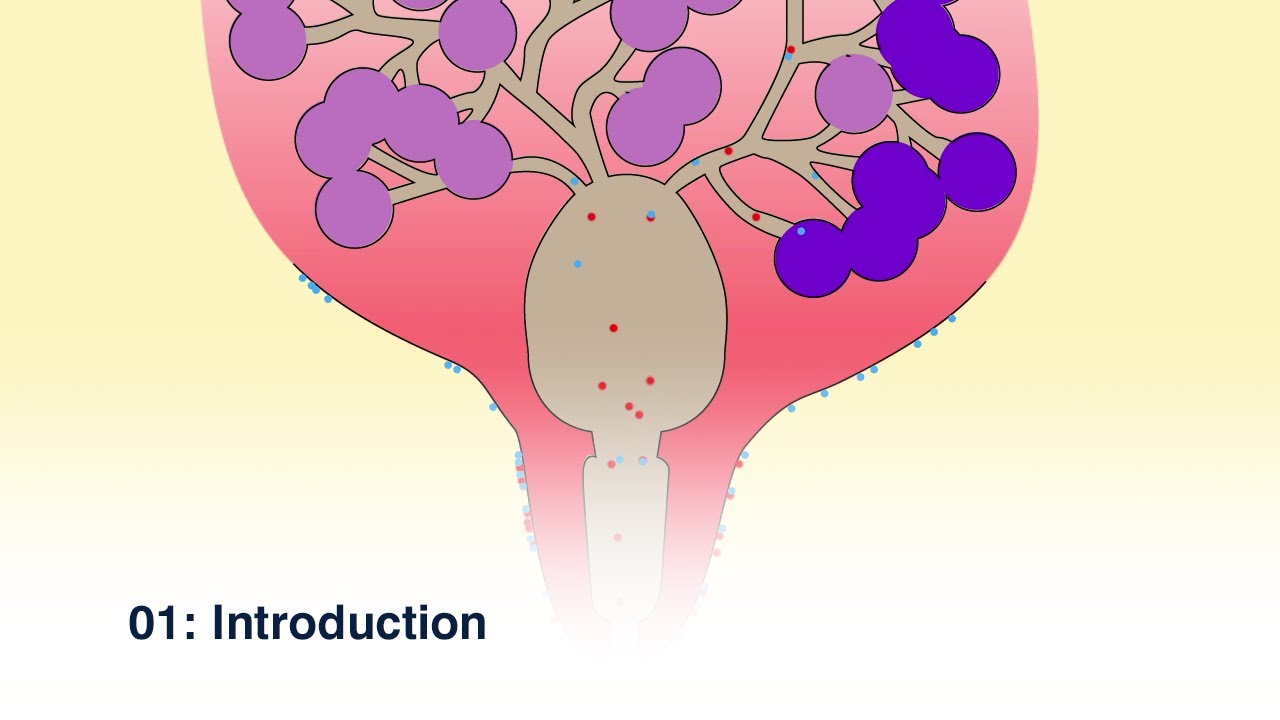Welcome to this series on mastitis in milk cows. Brought to you by the University of Edinburgh. This video is the intro. Mastitis is a worldwide trouble that effects
milk manufacturers throughout the world. From huge intensive dairy products ranches with high
creating Holstein cows to small holder farmers bleeding sheep
or goats for the household. Mastitis prices milk producers a great deal of milk
and money. The ill cows create much less milk, the treatment
costs money, the milk is gotten rid of and the greatest loss is in the decreased future
production from the damaged udder. What is mastitis? Mastitis is the infection of the milk creating gland,
the udder. Bacteria invade the teat end via the teat
canal and cause an infection. Mastitis is a fight in between bacteria attacking
the breast and the cow dealing with the infection. Mastitis can be triggered by various kinds of microorganisms, yet they are generally defined into 2 classifications: environmental and transmittable mastitis. Infectious mastitis-caused by specialist germs
that colonise udder skin. These are passed from cow to cow available,
We see mastitis as the breast responds to the infection.
The cow can run a high temperature and be ill. Decreases manufacturing.
These deal with the infection and appear in the milk as a high somatic cell matter, additionally described as SCC. Milk with a high SCC does not keep also, it has a minimized service life. In milk which has high SCC, the healthy proteins and fats damage down faster, so is not as good for making milk items like yoghurt, butter and cheese. High SCC has an extra bitter preference and is much less acceptable to customers of milk and the milk products made from it. Farmers with big herds can tape-record mastitis and compare the amount of of their cows are getting contaminated and examine the somatic cell matter in the milk, as an indication of the cows combating infection. It is tough for smallholders to do this as mastitis is sporadic and the expense of screening is spread over just a few cows.But all milk farmers need to listen to the hygiene methods that lower the variety of microorganisms that are around the teats and decrease the variety of infections that these germs trigger. Bacteria like warm, wet, dark, filthy conditions. Microorganisms do not like clean atmospheres as there is no food for them. They do not like completely dry, sunlight, or bactericides and detergents. Environmental mastitis will certainly be most usual in livestock housed in moist, dirty conditions. In completely dry, arid problems, the more usual type of mastitis is infectious mastitis. Older cows are more probable to have transmittable mastitis since they have had much more chance to get infections.
Exactly how do farmers lower the number of bacteria on the teats and stop the spread of infectious expert udder bacteria?.
Welcome to this collection on mastitis in milk cows. Mastitis is a global issue that impacts
Mastitis is the infection of the milk generating gland,
Mastitis can be caused by lots of different types of bacteria, but they are generally specified right into 2 categories: ecological and transmittable mastitis. We see mastitis as the breast responds to the infection.


